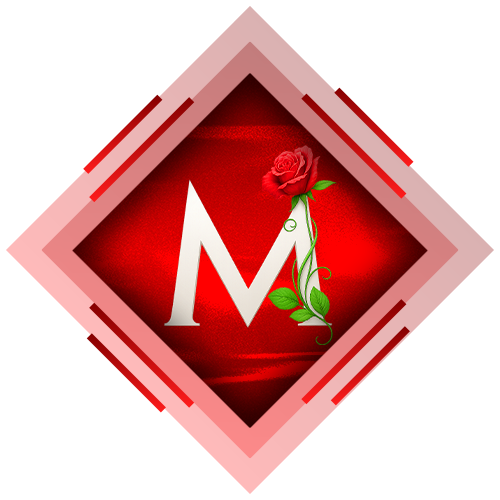INFORMASI RESMI SITUS MAWARTOTO
| NAMA SITUS | MAWARTOTO |
|---|---|
| JENIS GAME | TOGEL ONLINE, LIVE CASINO, SLOT GACOR ONLINE |
| MINIMAL DEPOSIT | Rp 5.000,- |
| MINIMAL WITHDRAW | Rp 25.000,- |
| TRANSAKSI PEMBAYARAN | Transfer Bank, E-Wallet, Scan Qris |
| Lisensi | 100% Resmi & Terpercaya |
| RATING | ⭐⭐⭐⭐⭐ 971.081.777 Pengguna |
Mawartoto | Link Bandar Togel Online & Situs Toto Togel Paling Banyak Peminat
Mawartoto adalah link resmi bandar togel online & situs toto togel paling banyak peminat di Indonesia, situs ini sudah cukup terkenal di kalangan pemain togel di Indonesia, ada begitu banyak sekali pemain memilih situs ini di karena kan begitu banyak sekali bonus yang di tawarkan, serta hadiah togel yang begitu melimpah, langsung cek saja situs ini, raih kemenangan kamu yang besar sekarang juga dan rasakan sensasi bermain togel yang sangat amat menyenangkan.
Mawartoto | Link Bandar Togel Online & Situs Toto Togel Paling Banyak Peminat
Mawartoto hadir untuk kamu sebagai link bandar togel online & situs toto togel paling ramai dan banyak peminat, dengan pasaran togel paling lengkap serta pembayaran togel terbesar.
Rp.5.000 ,-
![]() Ibu Kota Jakarta
Ibu Kota Jakarta
Kondisi
100% Terpercaya
Konten
Togel Online
Jumlah Peminat
8,382,343 Orang


Contoh Website > MAWARTOTO

Bogor
Situs ini benar benar sangat terpercaya, sudah dari 2017 main disini tidak pernah di kecewakan sama sekali, MAWARTOTO paling joss.

Bekasi
Situs anti bangkrut, modal kecil bisa menang puluhan juta, tanpa banyak masalah dan pelayanan sangat cepat dan ramah.

Tanggerang
MAWARTOTO menjadi pilihan situs togel terbaik menurut saya, situs ini mempunyai hadiah yang besar sekali, mantap MAWARTOTO.



